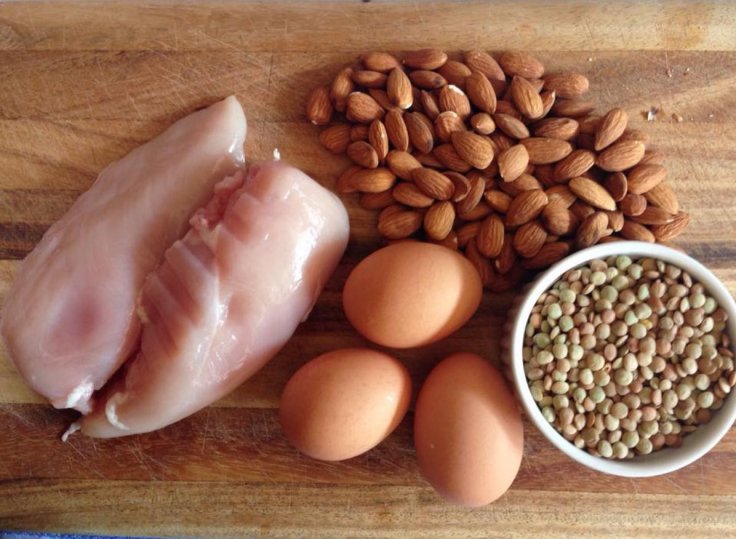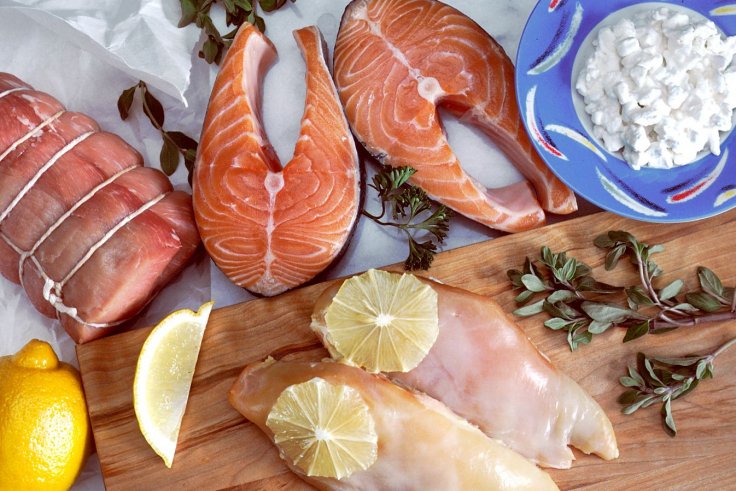Different kinds of strokes are linked to different types of food claims a new study from the European Society of Cardiology. The study was published in the European Heart Journal.
According to the study, while higher consumption of cheese, yoghurt, milk, vegetables, fruit or fibre were each associated with a lower risk of ischaemic stroke, no significant link with a lowered risk of haemorrhagic stroke was found. Also, a larger intake of eggs was linked with a lower risk of ischaemic stroke, but a larger risk of haemorrhagic stroke.
Study involved over 418,000 participants
Until now, most studies have looked at the association between food and total stroke (all types of stroke combined), or focused on ischaemic stroke only. However, the current study of more than 418,000 people in nine European countries investigated ischaemic stroke and haemorrhagic stroke separately.

Ischaemic stroke occurs when a blood clot blocks an artery supplying blood to the brain or forms somewhere else in the body and travels to the brain where it blocks blood flow. Haemorrhagic stroke occurs when there is bleeding in the brain that damages nearby cells. About 85 percent of strokes are ischaemic and 15 percent are haemorrhagic. Stroke is the second leading cause of deaths worldwide.
Increased fibre intake recommended
Dr Tammy Tong, the first author of the paper and a nutritional epidemiologist at the Nuffield Department of Population Health, University of Oxford (UK), said: "The most important finding is that higher consumption of both dietary fibre and fruit and vegetables was strongly associated with lower risks of ischaemic stroke, which supports current European guidelines. The general public should be recommended to increase their fibre and fruit and vegetable consumption, if they are not already meeting these guidelines.
"Our study also highlights the importance of examining stroke subtypes separately, as the dietary associations differ for ischaemic and haemorrhagic stroke, and is consistent with other evidence, which shows that other risk factors, such as cholesterol levels or obesity, also influence the two stroke subtypes differently."
Intake of fibre associated with lower risk
The total amount of fibre (including fibre from fruit, vegetables, cereal, legumes, nuts and seeds) that people ate was associated with the greatest potential reduction in the risk of ischaemic stroke. Every 10g more intake of fibre a day was associated with a 23 percent lower risk, which is equivalent to around two fewer cases per 1000 of the population over ten years.
Fruit and vegetables alone were associated with a 13 percent lower risk for every 200g eaten a day, which is equivalent to one less case per 1000 of the population over ten years. No foods were linked to a statistically significant higher risk of ischaemic stroke.

Based on UK estimates, two thick slices of wholemeal toast provide 6.6g of fibre, a portion of broccoli (around eight florets) provides about 3g, and a medium raw, unpeeled apple provides about 1.2g of fibre. The European Society of Cardiology (ESC) and the World Health Organization Regional Office for Europe recommend consuming at least 400g of fruit and vegetables a day; the ESC also suggests people should consume 30-45g of fibre a day.
Eggs increased risk of haemorrhagic stroke
The researchers found that for every extra 20g of eggs consumed a day there was a 25 percent higher risk of haemorrhagic stroke, equivalent to 0.66 extra cases per 1000 (or around two cases per 3000) of the population over ten years. An average large-sized egg weighs approximately 60g. Egg consumption in the EPIC study was low overall, with an average of less than 20g eaten a day. The researchers say the associations they found between different foods and ischaemic and haemorrhagic stroke might be explained partly by the effects on blood pressure and cholesterol.
Dr Tong and her colleagues analysed data from 418,329 men and women in nine countries (Denmark, Germany, Greece, Italy, The Netherlands, Norway, Spain, Sweden and the United Kingdom) who were recruited to the European Prospective Investigation into Cancer and Nutrition (EPIC) study between 1992 and 2000. The participants completed questionnaires asking about diet, lifestyle, medical history and socio-demographic factors, and were followed up for an average of 12.7 years. During this time, there were 4281 cases of ischaemic stroke and 1430 cases of haemorrhagic stroke.
A variety of food types extensively studied
Food groups studied included meat and meat products (red meat, processed meat and poultry), fish and fish products (white fish and fatty fish), dairy products (including milk, yogurt, cheese), eggs, cereals and cereal products, fruit and vegetables (combined and separately), legumes, nuts and seeds, and dietary fibre (total fibre and cereal, fruit and vegetable fibre).
Major strengths of the study include the large numbers of people studied in several different countries and long follow-up period. Most types of food were included in the study, although information on diet was collected at only one point in time, when the participants joined the study. As the study is observational it cannot show that the foods studied cause an increase or decrease in risk of ischaemic or haemorrhagic stroke, only that they are associated with different risks. Information on medication use (including statins) was not available.
(With inputs from agencies)









